I think one thing Josh Heupel’s tenure will spark among our fanbase is a greater view of the game by the number of possessions we’re ahead or behind. When you play at such a rapid pace, more possessions means more opportunity. We’ve already seen somewhat of a move this direction in the last few years: Butch Jones’ Vols both gave away and recovered from multi-possession leads on a much more regular basis than anything we were used to before.
There’s value as a fan, especially of a team trying to rebuild, in being close. And not just in the end result, but in the process. Even before Butch or Heupel, a two-possession game has always felt within reach to me, even if that reach is touchdown-onside-touchdown. It’s improbable, but hopeful. Maybe that’s just me.
But even staying within two possessions has been much more of a challenge recently. And it would be an incredibly welcome addition in Heupel’s first season.
In Tennessee’s “decade” of dominance from 1989-2001, the Vols had seven losses by three or more possessions. If you’re old enough, you can probably list them from memory: 89 Alabama, 91 Florida, 91 Penn State, 93 Penn State, 94 Florida, 95 Florida, 97 Nebraska. Every one of those teams was raked in the Top 15, with those losses accounting for 4% of the total games Tennessee played in that 13-year run.
This is why it was so alarming, then, when the 2002 Vols, ranked in the top five in preseason, lost four games by 3+ possessions. Injuries, turnovers, and #1 Miami were all factors. Tennessee was much more competitive overall the next four years, suffering a single blowout loss each season from 2003-06. The 2007 roller coaster included a pair of such losses to Florida and Alabama. And then, of course, the wheels came off in 2008: three blowout losses, giving the Vols 13 3+ possession losses in seven seasons from 2002-08 at the end of the Fulmer era. The first nine of them came to Top 20 teams, before Nick Saban’s unranked Alabama squad did it in his first season in October 2007. An unranked South Carolina squad officially ended the Fulmer era in October 2008. Still, 11 of those 13 blowout losses came to Top 20 foes. Those losses accounted for 14.6% of Tennessee’s games in Fulmer’s last seven seasons.
From 2009-2016, the Vols suffered 18 3+ possession losses. It happened to Lane Kiffin twice, then three times in each of Derek Dooley’s seasons. An incredibly high strength of schedule gave Butch Jones four such losses in his first year, but then just two in 2014. And the 2015 Vols remain the only Tennessee team that hasn’t taken a 3+ possession loss since 2001; the 2016 Vols took one only to Alabama, joining their predecessors as the only Tennessee teams to suffer less than two 3+ possession losses since 2006.
So in that eight year span of rebuilding from 2009-16, Tennessee lost 18 3+ possession games to account for 17.8% of their total Saturdays. Still, through the end of the 2016 season Tennessee was mostly only getting blown out by good teams. Only three of those 18 losses came to unranked foes: Ole Miss and Dexter McCluster to Lane Kiffin, a slow-starting Georgia squad in Athens in 2010, and the Vanderbilt game in Derek Dooley’s farewell performance, essentially a man coaching without a job. The Vols were blown out more than we wanted in this stretch, and Dooley failed to beat a ranked team throughout his time, but the Vols were overall just getting beaten by better teams.
But in the last four years, Tennessee has lost 18 more 3+ possession games. That’s 38.2% of Saturdays from 2017-20. And a third of those losses came to unranked teams. Again: it’s been bad for a while, and the worst of it has been recently.
One question we asked a lot leading up to the 2020 season was, “Will I feel like Tennessee has a real chance to win every Saturday at kickoff?” Turns out the answer was no, but it felt like a measure of progress the program needed to be ready for going into year three.
In year one, obviously, you’re working with a different set of expectations. You start by setting the Alabama game aside: since an inspired rally in 2014 and a near miss in 2015, the Vols have lost by 39, 38, 37, 22, and 31. Making that one a four-possession game in 2021 might be relative success.
But even with Florida and Georgia on the schedule, there’s perhaps a glimmer of hope: including home field advantage in preseason SP+ projections, the Gators come in at around -15.5 against the Vols, the Dawgs -14 in Knoxville. Just hitting those projections, making those a pair of two-score games? That would be a really nice start for Josh Heupel.
I don’t expect Tennessee to have a real chance to win every Saturday this fall. I don’t really have any expectations when they play Bama. But everywhere else, if the Vols can just keep themselves invested in the outcome, even if it’s two possessions? If we can watch these games and think, “Well, we’re still in it…”? I think that will go a long way to our own investment as fans moving forward.
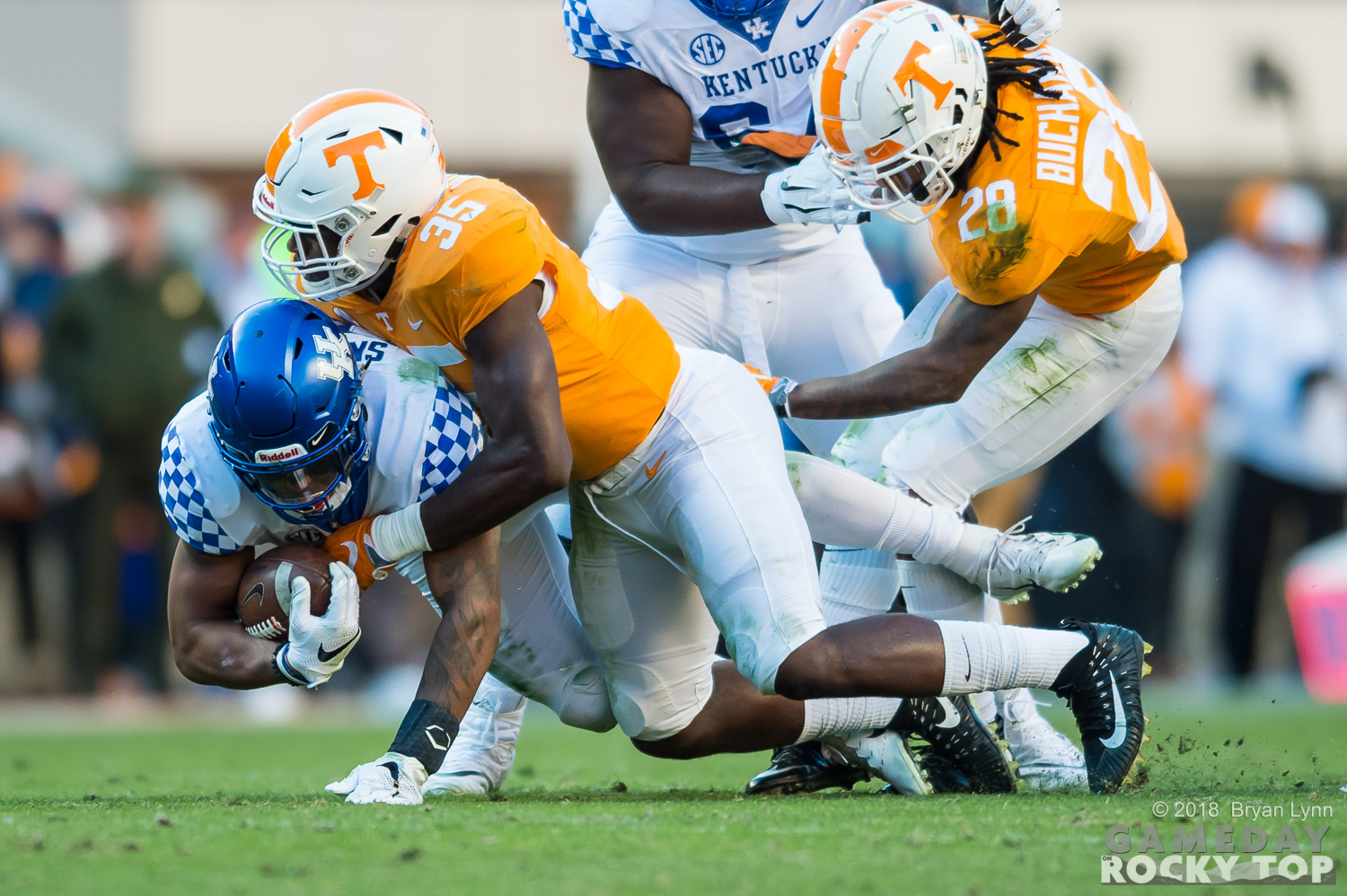

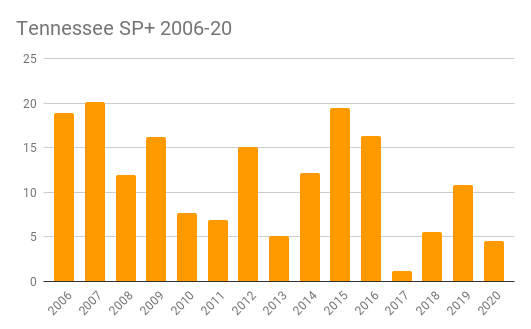
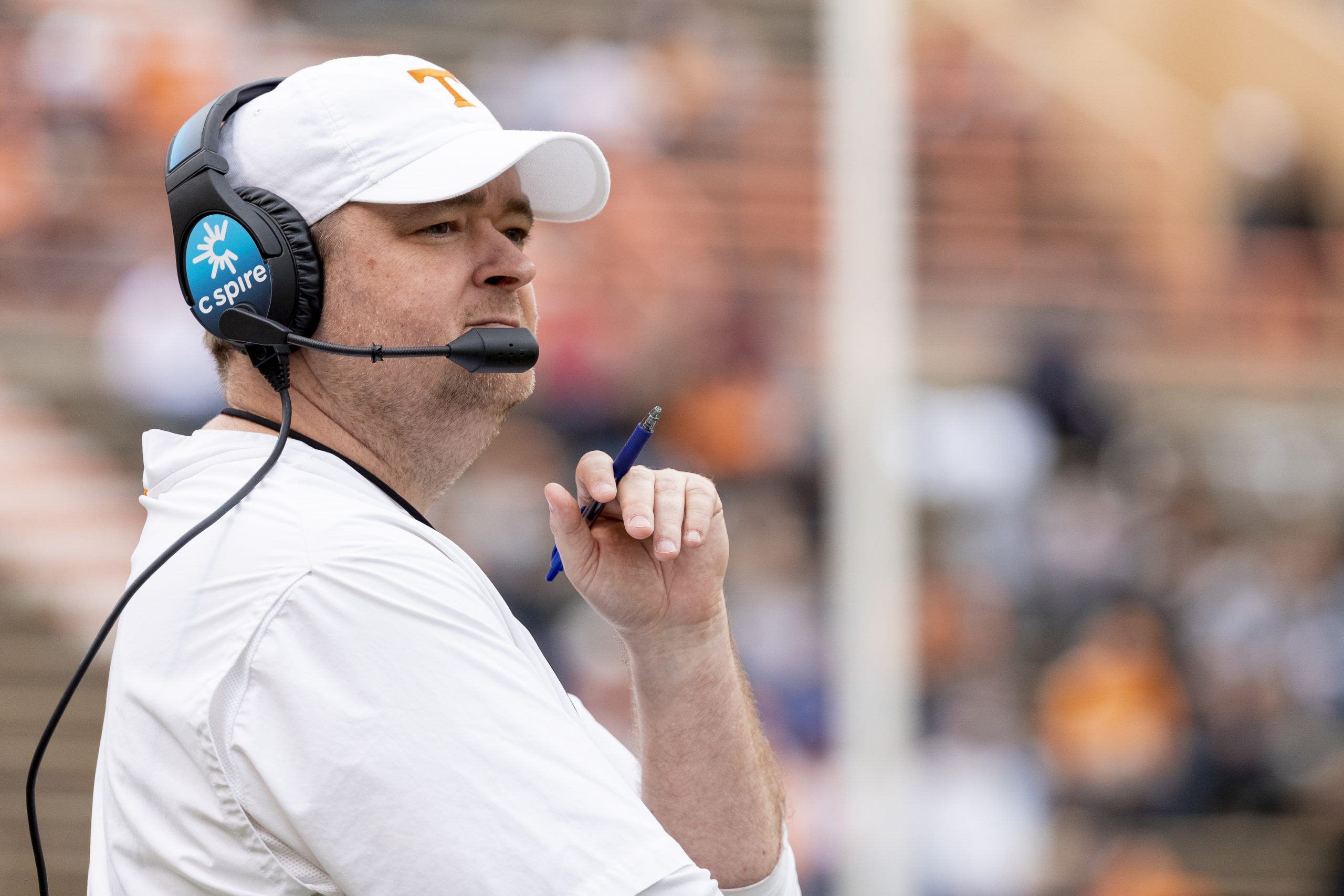
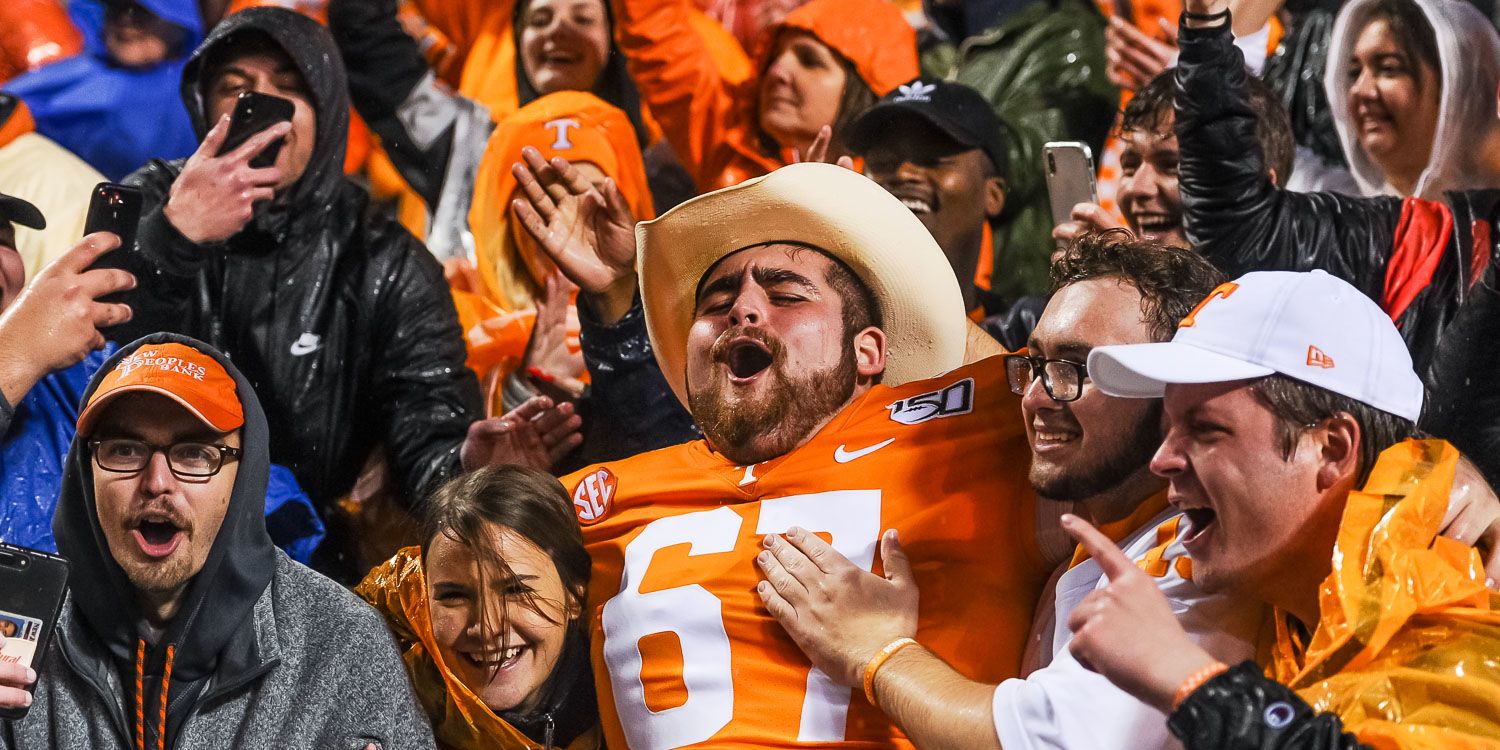
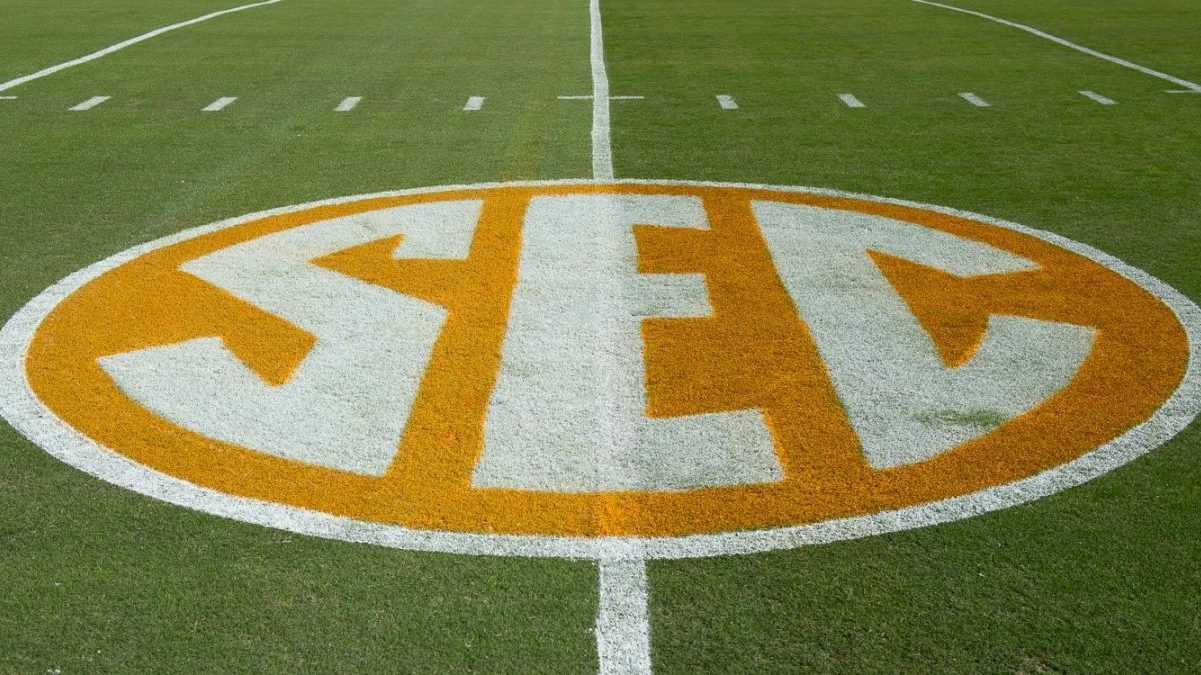


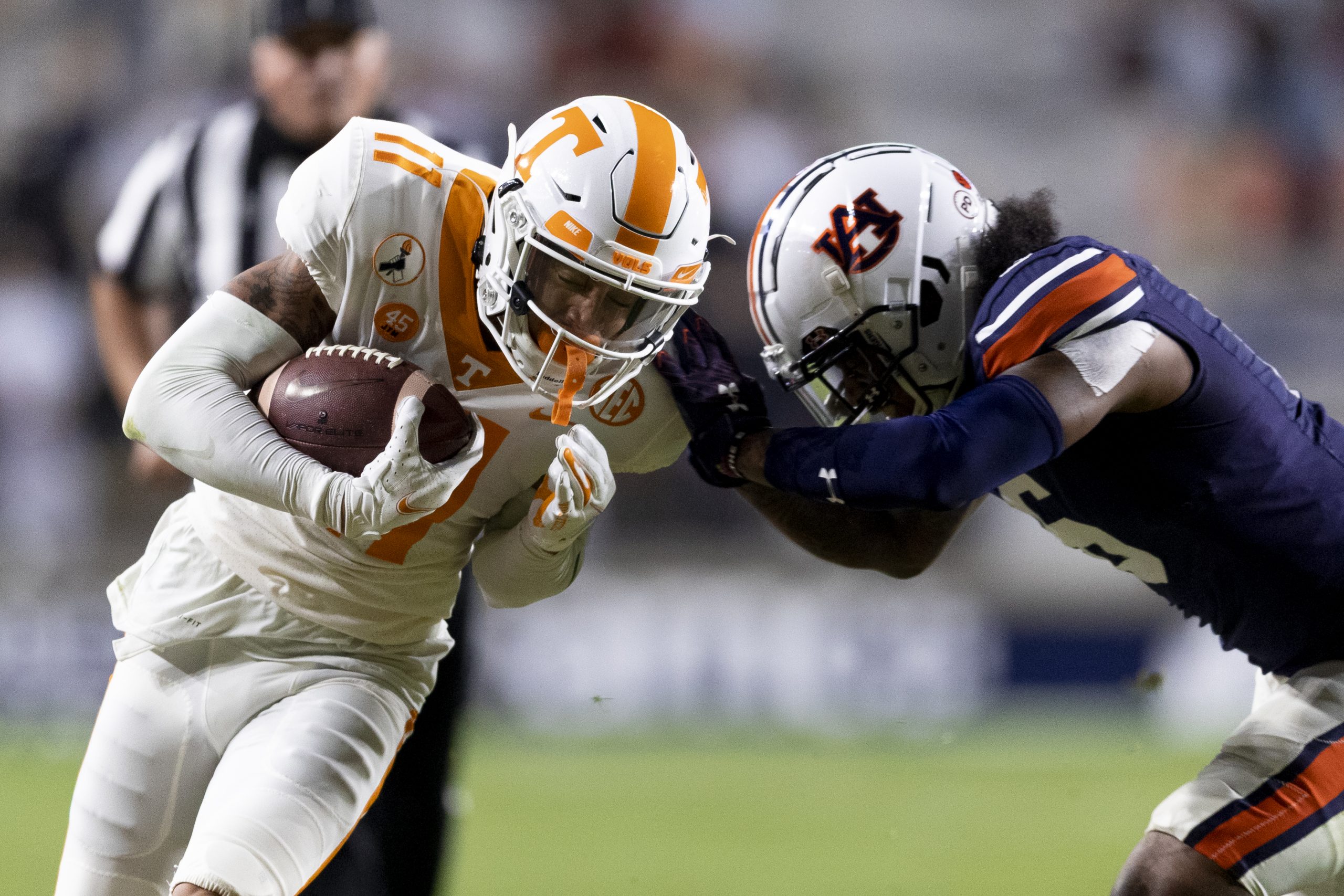
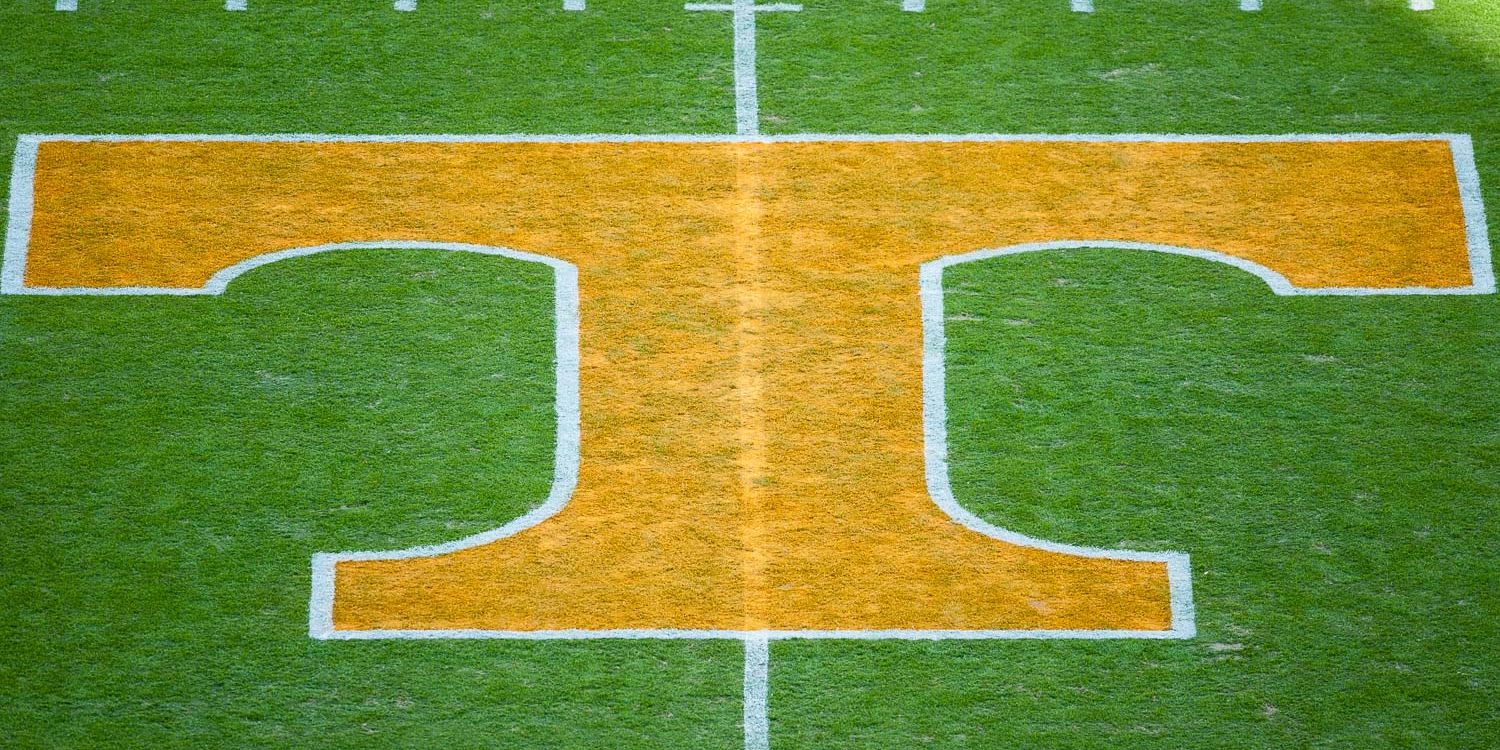

You must be logged in to post a comment.